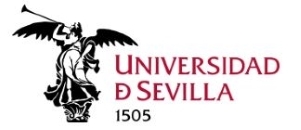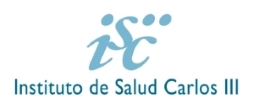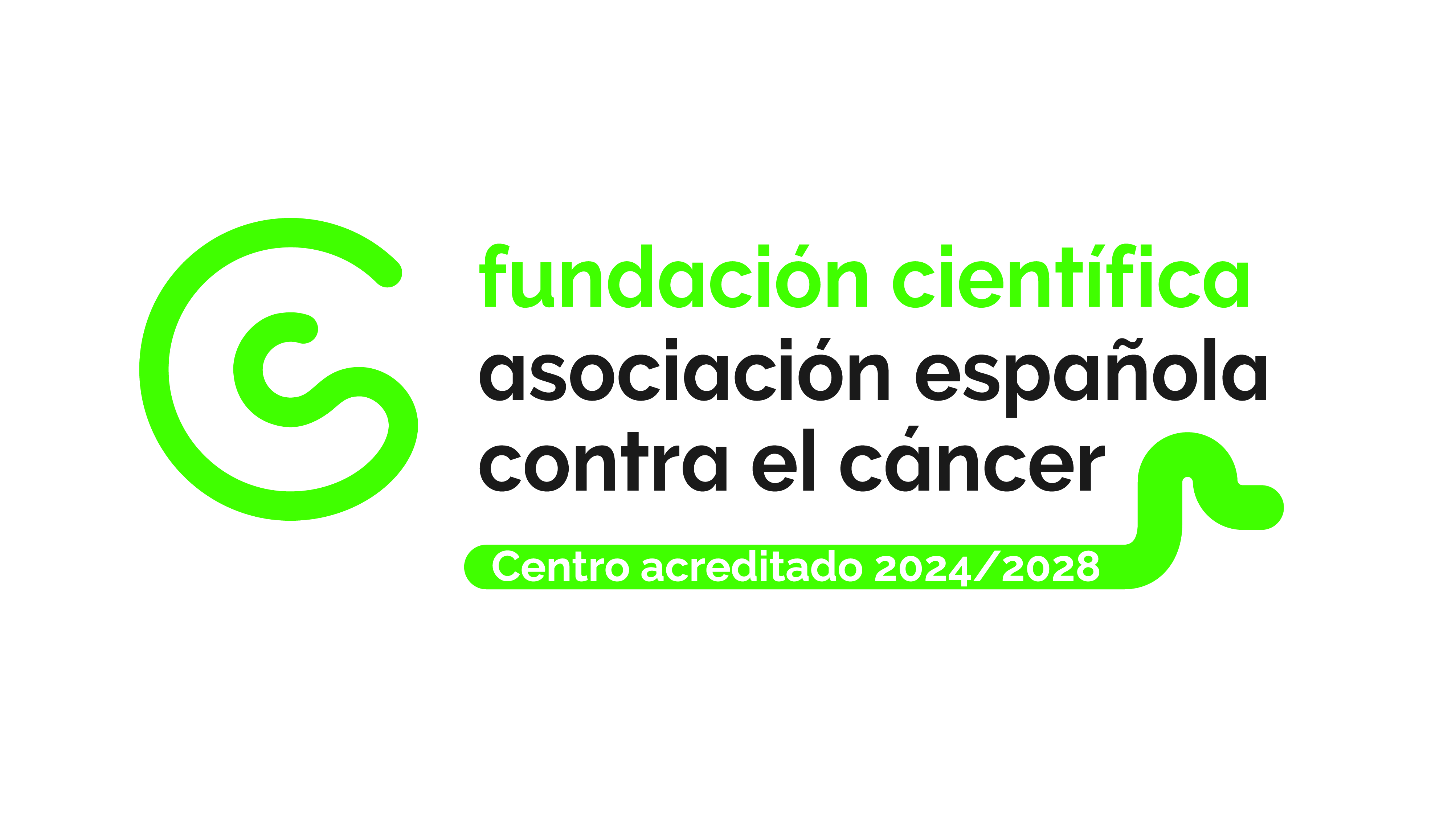Cód. SSPA: IBiS-B-14
Nuestro grupo aplica técnicas de biología molecular, cultivos celulares, modelos animales, análisis bioinformático y estudios electrofisológicos para estudiar el mecanismo patogénico responsable de las Enfermedades Neuromusculares, principalmente aquellas asociadas a nuevos genes y nuevas mutaciones.
Nuestras líneas de investigación actuales son:
1. Descripción del modelo murino Knock-in de distrofia muscular asociada a mutaciones en el gen POGLUT1 y estrategias terapéuticas (FIS PI19/01497; NIH/NIAMS R01AR076770; PE-0208-2018)
2. Papel de la vía de señalización Notch en el mantenimiento de las células satélite musculares y la glicosilación del alfa-distroglicano muscular (Consejería PI-0085-2016)
3. Estudio de variantes genéticas en población gitana para el diagnóstico y la prevención de enfermedades neuromusculares (FIS PI20/01200; PIER-0468-2019)
4. Investigación clínica en Esclerosis Lateral Amiotrófica (CIBERNED, programa 3).
- Alteraciones miogénicas en la Esclerosis Lateral Amiotrófica: Implicaciones etiológicas y terapéuticas (PIER-0006-2019)
- Terapia celular con células mesenquimales en pacientes con ELA. Ensayo clínico fase I/II (CeTMad/ELA/2011)
5. Abordaje terapéutico mediante terapia con nucleósidos de enfermedades neuromusculares con defectos en el DNA mitocondrial (FIS PMP15-00025)
6. Estudio internacional de historia natural de las disferlinopatías (Jain Foundation 2021-2022)
Carmen Paradas coordina la investigación en la Unidad de Enfermedades Neuromusculares en el HUVR designada como centro de referencia a nivel nacional por el Ministerio de Sanidad (CSUR) y de referencia europeo (EURO-NMD) dentro de la European Reference Network.















